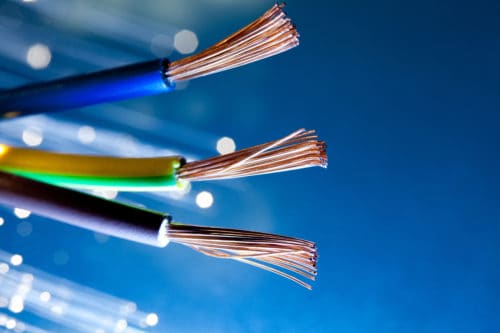120V and 240V circuits wiring
Understanding 120V and 240V Circuits
The electrical panel in your home is rated for 120 and 240V to provide power for the variety of devices, devices and lighting we depend on every day. Receptacles and lighting typically require 120V which is supplied by a single pole breaker in your electrical panel and the wiring is ran throughout the home to each receptacle, light and light switch. Today’s homes rely heavily on the electrical systems, providing power to the numerous devices , small devices and lighting, to the big power loads like clothes dryers, ranges, air conditioning, hot tubs and EV chargers.
Need some wiring upgrades in your home? You can trust Halo Power Solutions for all of you 120V and 240V circuit wiring needs.

Need new 120V and 240V circuits in your home? Give Halo Power a call and we will be there with speed of lighting.
